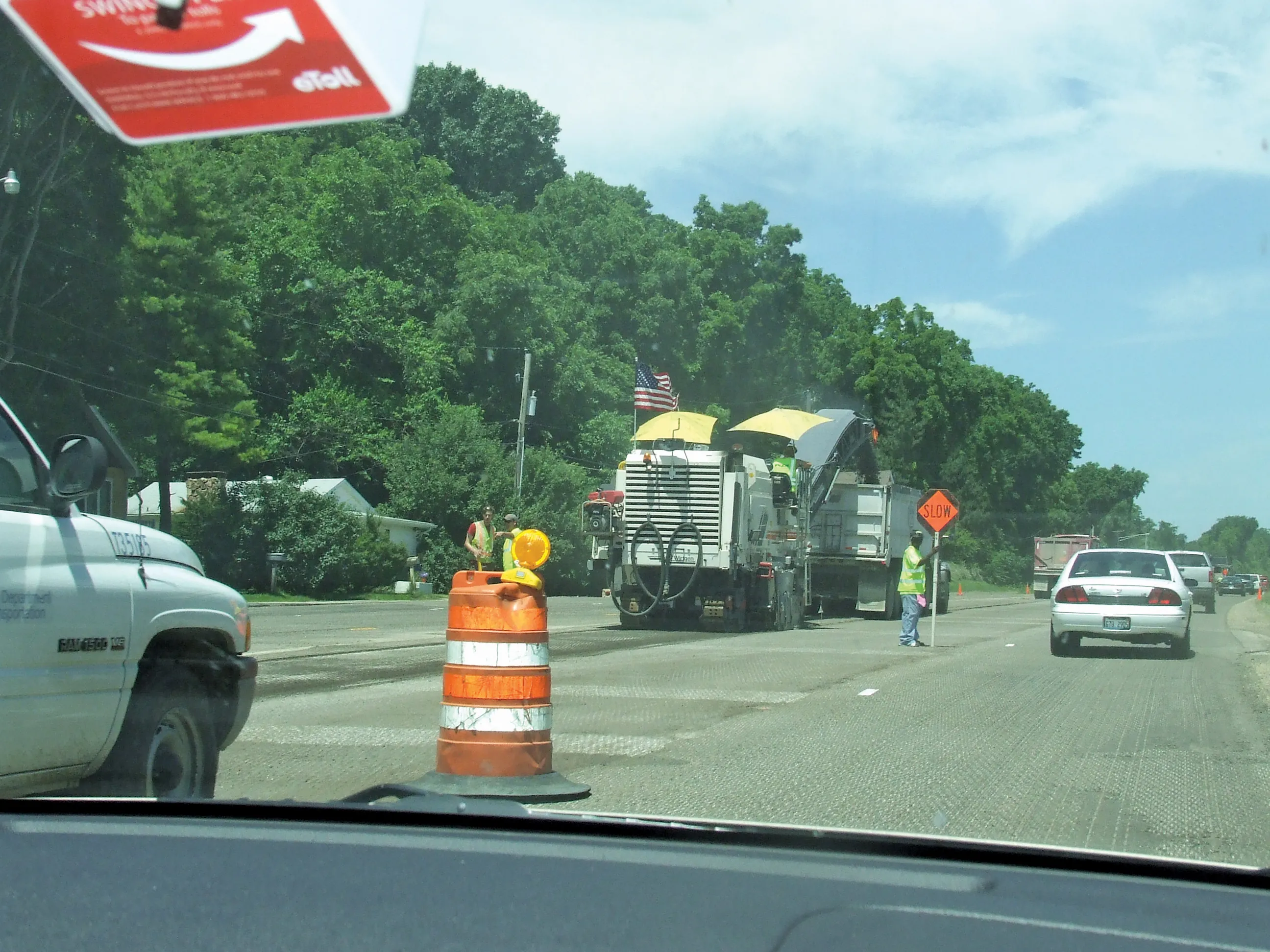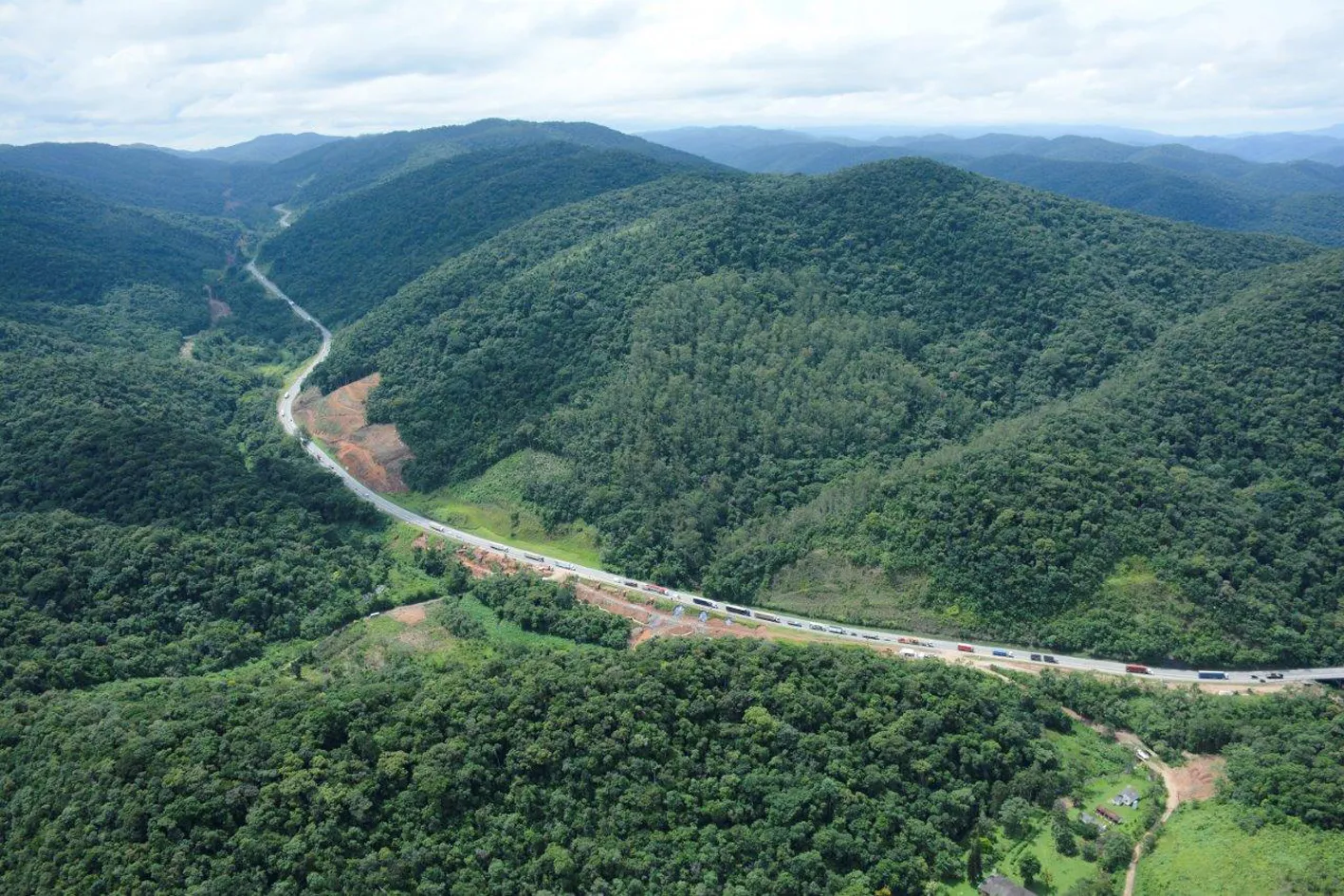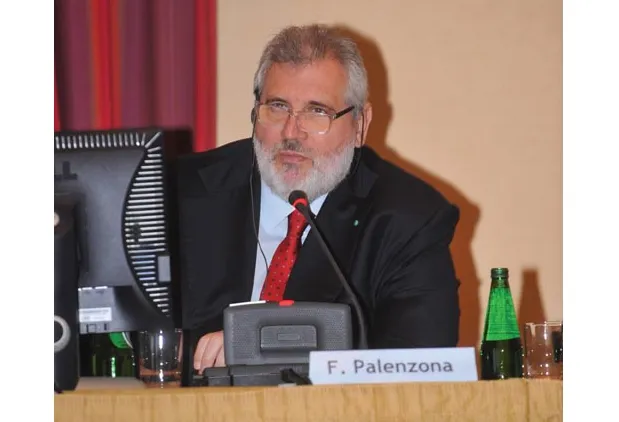A newly commissioned study by consulting firm KPMG should answer many Ohio Turnpike questions and help to provide guidance for deciding the future of the link.
April 25, 2012
Read time: 2 mins
A newly commissioned study by consulting firm 4137 KPMG should answer many Ohio Turnpike questions and help to provide guidance for deciding the future of the link.
KPMG will analyse the data from last year for the Ohio Turnpike, when 1,040 people were employed by the operation, 49 million vehicles traveled the road, and tolls totaled US$232 million. With declining state revenues from fuel taxes and license plate fees, and the skyrocketing costs of materials and an ageing Ohio infrastructure badly in need of repairs, especially for bridges, the state has few options left on how to fund its needs.
The sale or leasing of the Ohio Turnpike is not a new idea. Some believe that the 385.6km James W. Shocknessy Ohio Turnpike could bring in new revenues for local infrastructure repair. Governor John Kasich and Jerry Wray, director of the Ohio Department of Transportation, are now researching options to help fund infrastructure works in the state that have not so far been fully considered.
In other US states, toll road deals have helped deliver funds for other transport infrastructure improvements. The Indiana East-West Toll Road was leased to an Australian-Spanish consortium for a $3.8 billion upfront payment. That same international consortium paid the city of Chicago $1.83 billion to lease the Chicago Skyway.
“Ohioans probably are not going to support higher taxes, and we probably cannot expect any additional federal dollars from Washington. We should all welcome the (Turnpike) study and then see where its conclusions will take us. It’s in the best interest of the citizens of Ohio to at least get all the facts to make an informed decision,” said Fredrick Pausch, executive director of the County Engineers Association of Ohio.
KPMG will analyse the data from last year for the Ohio Turnpike, when 1,040 people were employed by the operation, 49 million vehicles traveled the road, and tolls totaled US$232 million. With declining state revenues from fuel taxes and license plate fees, and the skyrocketing costs of materials and an ageing Ohio infrastructure badly in need of repairs, especially for bridges, the state has few options left on how to fund its needs.
The sale or leasing of the Ohio Turnpike is not a new idea. Some believe that the 385.6km James W. Shocknessy Ohio Turnpike could bring in new revenues for local infrastructure repair. Governor John Kasich and Jerry Wray, director of the Ohio Department of Transportation, are now researching options to help fund infrastructure works in the state that have not so far been fully considered.
In other US states, toll road deals have helped deliver funds for other transport infrastructure improvements. The Indiana East-West Toll Road was leased to an Australian-Spanish consortium for a $3.8 billion upfront payment. That same international consortium paid the city of Chicago $1.83 billion to lease the Chicago Skyway.
“Ohioans probably are not going to support higher taxes, and we probably cannot expect any additional federal dollars from Washington. We should all welcome the (Turnpike) study and then see where its conclusions will take us. It’s in the best interest of the citizens of Ohio to at least get all the facts to make an informed decision,” said Fredrick Pausch, executive director of the County Engineers Association of Ohio.









